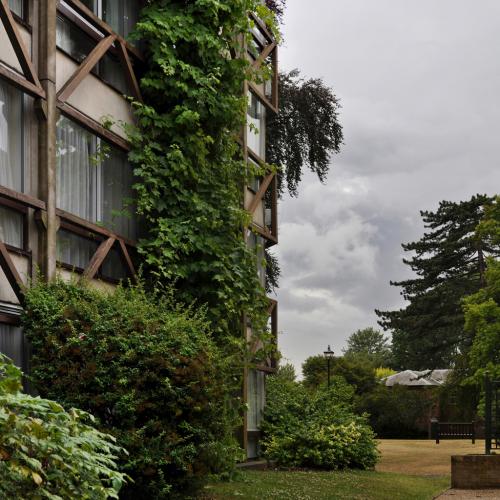3 Green Architecture And Structures Trends To Keep An Eye On

More and more industries are “greening” their ways. And the architectural sector isn’t different. The latest eco-friendly technologies have revolutionized how the pro’s approach architecture.
Back in the day, green architecture and engineering was all about simple changes. Eco-friendly materials replaced their less-sustainable peers, while buildings were optimized for energy consumption, natural light, and ventilation.
But while that’s a good start, the best green structures go beyond simple measures. Let’s take a look at some of the trends in eco-friendly architecture today.
Hanging Or Vertical Gardens
The hanging gardens of Babylon was one of the finest creations of ancient engineering and architecture. But if you think hanging gardens belong to the past, think again! These green wonders have made its way to modern buildings and architectural models, and for good reason.
By 2040, experts predict that 75% of the human population will move to urban environments. And the need to incorporate nature into today’s skyscrapers is only growing. Fortunately, many botanists and eco-friendly architects are more than up to the task.
Today, one can find hanging gardens in big cities. And a certain Patrick Blanc even developed a vertical garden that can fit just about any climate or environment - indoors or outdoors. Even better, the garden can act as window blinds, only eco-friendlier. Not to mention it can keep the temperature cooler during summer better than traditional blinds.
Not only is a hanging garden gorgeous. But it can also sequester carbon dioxide from the environment, helping us manage our carbon emissions better.
Disaster-Resistant Structures
Many people think that nature-friendly structures are weak. You only have to check building codes to see proof.
In the United States, for example, wooden buildings have a limit of up to 4 storeys only. If you want to go beyond, you need to use concrete or steel. Now, these are excellent materials as far as durability is concerned. But concrete and steel are also known for the massive amount of greenhouse gas they produce!
But here’s the truth:
Environmentally sound structures can be sturdy and disaster-resistant. You may even find that the sturdiest and most stable of buildings out there have a LEED certification. For people not in the know, LEED-certified structures have been proven to use less resources to construct and maintain, reduce greenhouse gas emissions, and even cost less than non-certified buildings.
Take Taipei 101, one of the world’s tallest buildings, as an example. It dons a LEED platinum certification, and it’s by no means weak. In fact, the tower was built to stand tall against earthquakes and other natural disasters in the country.
Walkable Roofs
Roofs used to be those parts of a structure which requires a lot of attention while bringing little utility. Sure, they cover the building’s top and you can plunk some equipment on the roof. But nothing more.
Today, however, green architects are approaching the roof concept from a different angle. With cities getting crowded and space getting sparse, some have turned to walkable roofs to add more space without having to expend more resources and effort for construction.
One good example is the National High Speed Rail Network’s terminal roof. Located in the bustling city of Hong Kong, the roof doubles as a path for visitors and as a cover for the building.
It helps ease the congestion at the terminal and puts an otherwise empty space to good use. And of course, the walkable roof is a great way to encourage people to spend some time outdoors, away from their desks and their computers.
Post Your Ad Here
Comments